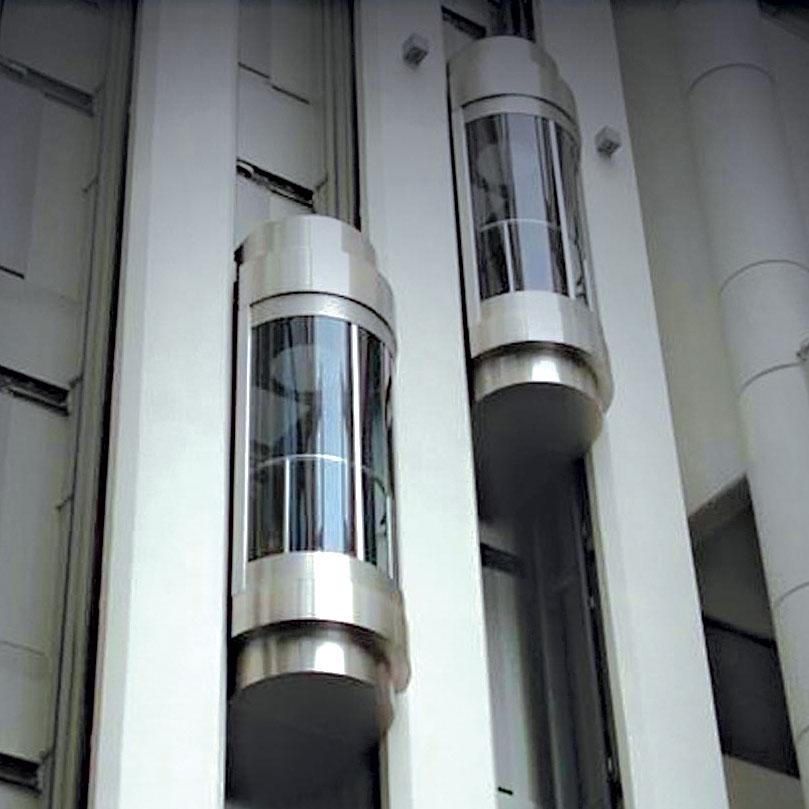Top Lift Companies in London: Offering High Quality Installations and Maintenance
Top Lift Companies in London: Offering High Quality Installations and Maintenance
Blog Article
Exploring the World of Lifts: Typical Concerns Dealt With by Various Lift Devices
As we navigate via the upright transport systems of contemporary structures, lifts stand out as an important part of our day-to-day lives. From hydraulic elevators to traction systems and machine-room-less styles, each lift kind comes with its collection of common problems.
Hydraulic Elevators
Hydraulic lifts, usually chosen for low-rise buildings, use fluid stress to regulate the activity of the elevator vehicle (lift repair companies). This system includes a hydraulic pump pressing oil right into a cyndrical tube, creating the lift to relocate in the wanted direction. While hydraulic elevators are known for their smooth and quiet operation, they do include their own set of typical problems
One common trouble with hydraulic lifts is oil leak. The seals in the hydraulic system can wear gradually, bring about oil infiltration. This not just develops a mess yet can additionally influence the lift's efficiency if left unaddressed. In addition, concerns with the control system, such as damaged shutoffs or a malfunctioning pump, can trigger interruptions in the elevator's motion.
Normal upkeep and timely repair work are necessary to make sure the smooth functioning of hydraulic elevators. By resolving these common concerns proactively, building owners can minimize downtime and make certain the safety and security and effectiveness of their vertical transport system.
Traction Elevators
When thinking about upright transport systems in structures, another common kind besides hydraulic lifts is the grip lift. Traction lifts operate using a system of ropes and counterweights that move the elevator automobile by gripping onto the hoist ropes. This device enables for smoother and faster vertical transport compared to hydraulic systems.
Among the typical issues dealt with by traction elevators is rope wear. The constant motion of the ropes within the grip system can bring about put on and tear over time, potentially creating the elevator to breakdown or become harmful for use. Routine inspections and upkeep of the ropes are vital to make sure the elevator's appropriate performance and safety.
One more concern that traction elevators might encounter is associated with the control system. Troubles with the control system can result in problems such as irregular movement, delays in feedback times, or even total closures. Normal testing and maintenance of the control system are vital to stop such problems and make certain the lift's reliability.
Machine-Room-Less (MRL) Elevators

One of the vital elements of MRL elevators is the portable gearless traction equipment that is set up within the hoistway. This machine successfully drives the lift cars and truck without the demand for cumbersome tools located in typical traction lifts. Furthermore, MRL elevators typically utilize a counterweight system to stabilize the vehicle, more enhancing their power efficiency.
Regardless of their advantages, MRL elevators might encounter challenges associated with maintenance and repair service as a result of the confined area for devices installment. Accessibility for servicing elements within the shaft can be restricted, needing specialized training for technicians. Proper upkeep timetables and regular evaluations are vital to make certain the ongoing smooth procedure of MRL lifts.
Overloading and Weight Limit Issues
Overloading and weight restriction concerns are essential problems in lift operations. Elevator manufacturers design lifts with specific weight abilities to make certain traveler security and equipment long life.
When lifts are overloaded, it places extreme stress on the motor, wires, and other components, possibly triggering malfunctions or failures. Safety devices such as sensors and overload sensing units remain in place to stop link lifts from moving if they identify excess weight. Furthermore, exceeding weight restrictions can result in article raised energy intake and deterioration on the lift system.
To reduce straining issues, constructing managers ought to prominently show weight limitations in elevators and enlighten occupants on the relevance of adhering to these constraints - lift repair companies. Regular upkeep checks by certified service technicians can also assist make certain that elevators are operating within secure weight parameters. By attending to overloading and weight restriction issues proactively, building proprietors can boost elevator security useful link and effectiveness
Electric System Failures
Going beyond weight restrictions in lifts can not just lead to mechanical problems but also potentially add to electric system failings within the lift facilities. Electrical system failings are an essential problem in lift operation, as they can cause unexpected closures, breakdowns, or even safety threats.
Regular maintenance and examinations are critical to recognize and deal with potential electrical problems quickly, guaranteeing the safe and efficient procedure of elevator systems. By adhering to weight restrictions and performing regular electric system checks, building proprietors can alleviate the risk of electric failures in elevators.
Final Thought

Hydraulic elevators, usually liked for low-rise structures, use fluid pressure to manage the motion of the elevator cars and truck.When considering vertical transport systems in structures, one more common kind apart from hydraulic lifts is the grip elevator. Traction lifts operate utilizing a system of ropes and counterweights that relocate the lift car by clutching onto the hoist ropes. Unlike standard elevators that need a different machine area to house the equipment, MRL lifts integrate many of the parts within the shaft, eliminating the demand for a devoted maker space.In conclusion, lifts deal with common problems such as hydraulic malfunctions, grip system failures, and electric system troubles.
Report this page